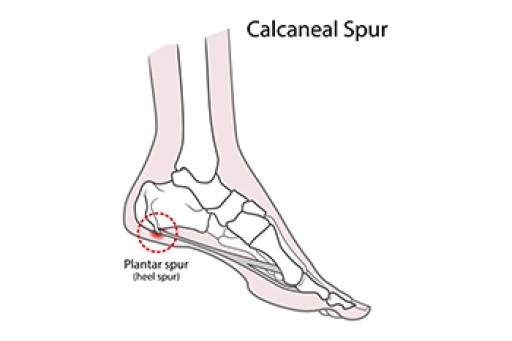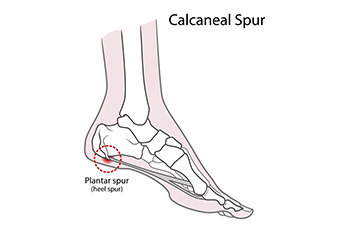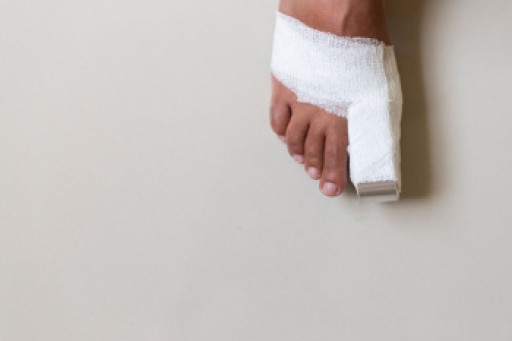
Gait abnormalities can place excessive strain on the feet, toes, and ankles, leading to pain and an increased risk of injury. Common gait abnormalities include propulsive gait, where a person leans forward while walking and spastic gait, which involves stiff, dragging movements. Steppage gait occurs when the foot drops, requiring exaggerated lifting of the leg. Waddling gait causes instability resulting from hip weakness, while ataxic gait results in unsteady, wide-based steps. Magnetic gait creates a sensation of the feet sticking to the ground, and antalgic gait shortens steps due to pain. These walking patterns may result from arthritis, nerve conditions, foot deformities, or injuries. A podiatrist can perform a gait analysis, which evaluates foot alignment, pressure distribution, and movement mechanics. This assessment helps identify the underlying cause of abnormal walking patterns and determines the best approach for relief. Treatment may include orthotic devices, footwear modifications, or even surgery. If you are experiencing foot pain while or after walking, it is suggested that you schedule an appointment with a podiatrist for a diagnosis and treatment options.
If you have any concerns about your feet, contact one of our podiatrists from Community Foot Specialists. Our doctors can provide the care you need to keep you pain-free and on your feet.
Biomechanics in Podiatry
Podiatric biomechanics is a particular sector of specialty podiatry with licensed practitioners who are trained to diagnose and treat conditions affecting the foot, ankle and lower leg. Biomechanics deals with the forces that act against the body, causing an interference with the biological structures. It focuses on the movement of the ankle, the foot and the forces that interact with them.
A History of Biomechanics
- Biomechanics dates back to the BC era in Egypt where evidence of professional foot care has been recorded.
- In 1974, biomechanics gained a higher profile from the studies of Merton Root, who claimed that by changing or controlling the forces between the ankle and the foot, corrections or conditions could be implemented to gain strength and coordination in the area.
Modern technological improvements are based on past theories and therapeutic processes that provide a better understanding of podiatric concepts for biomechanics. Computers can provide accurate information about the forces and patterns of the feet and lower legs.
Understanding biomechanics of the feet can help improve and eliminate pain, stopping further stress to the foot.
If you have any questions please feel free to contact our offices located in Beavercreek, Dayton, and Vandalia, OH . We offer the newest diagnostic and treatment technologies for all your foot and ankle needs.











